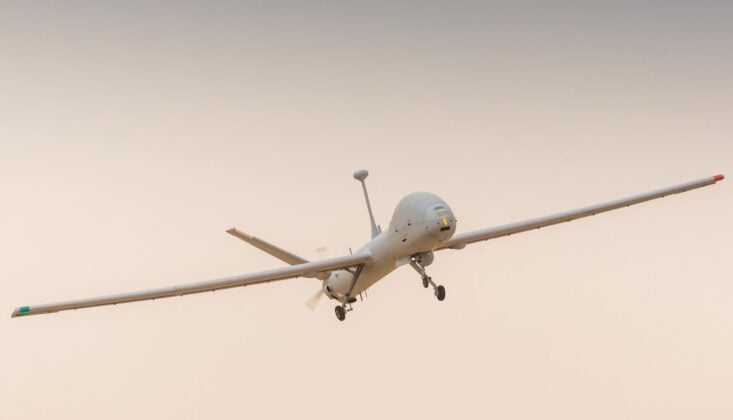
The Republic of Singapore Air Force (RSAF) will begin introducing the Hermes 900 unmanned aerial vehicle as part of its long-term modernization plan, phasing out the older Hermes 450 system that has been in service for nearly twenty years.
The RSAF announced the move on November 3, describing it as a key element of the broader SAF2040 transformation effort.
In its statement, the ministry said, “As part of the SAF2040 transformation, MINDEF/SAF will progressively take delivery of the Hermes 900 (H900) Unmanned Aerial Vehicle (UAV) to replace the Hermes 450 (H450) UAV, which has been in service for close to two decades and is becoming obsolete.” The ministry added that, “Through robust and thorough evaluations, the H900 UAV was assessed to best meet the SAF’s operational needs. Singapore joins a list of countries around the world that operate this advanced system for military and civil uses.”
The Hermes 450, introduced in the mid-2000s, has served in reconnaissance and surveillance roles, providing the Singapore Armed Forces with long-endurance intelligence collection capabilities. As operational requirements evolve, the new Hermes 900 offers longer endurance, greater payload capacity and improved sensor integration.
Elbit Systems, the manufacturer of both platforms, confirmed the selection in a statement of its own, saying, “Proud to see Elbit Systems’ Hermes 900 UAV selected by Singapore’s Air Force as part of the SAF2040 transformation.” The company added, “With 36-hour endurance and multi-role capabilities, Hermes 900 is designed to meet the most demanding operational needs, from persistent surveillance to precision strike. Singapore joins over 20 countries operating this advanced platform across four continents.”
The Hermes 900 is designed with a larger airframe than the Hermes 450, allowing it to carry multiple payloads simultaneously, including electro-optical sensors, maritime surveillance radar and communication relay packages. The aircraft’s open architecture allows for tailored mission configurations, depending on operational needs.
Singapore’s decision reflects a pattern observed in other technologically advanced militaries transitioning from earlier-generation medium-altitude unmanned systems to more endurance-focused platforms with greater autonomy. The SAF2040 initiative aims to maintain a professional and technologically integrated force structured around smaller manpower pools, leveraging unmanned systems in roles that once required larger aircrew and support units.
The RSAF has been gradually expanding its unmanned aviation capabilities, using them for persistent surveillance, border monitoring, maritime awareness and support to joint exercises. The Hermes 900’s endurance and improved onboard computing are expected to increase the duration and tempo of intelligence-gathering missions.
No delivery timeline was provided beyond the reference to “progressive” introduction. The Hermes 450 is expected to remain in service during the transition period until sufficient Hermes 900 aircraft are fielded and personnel are fully trained on the new platform.